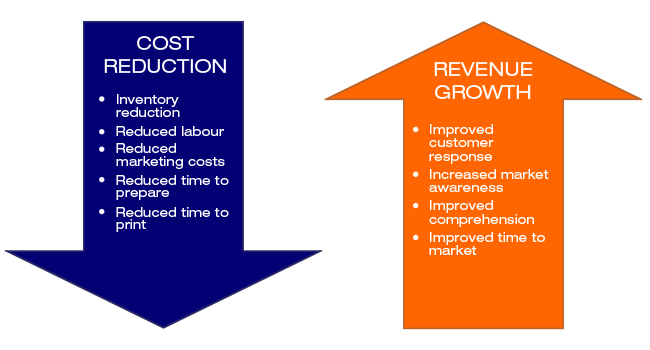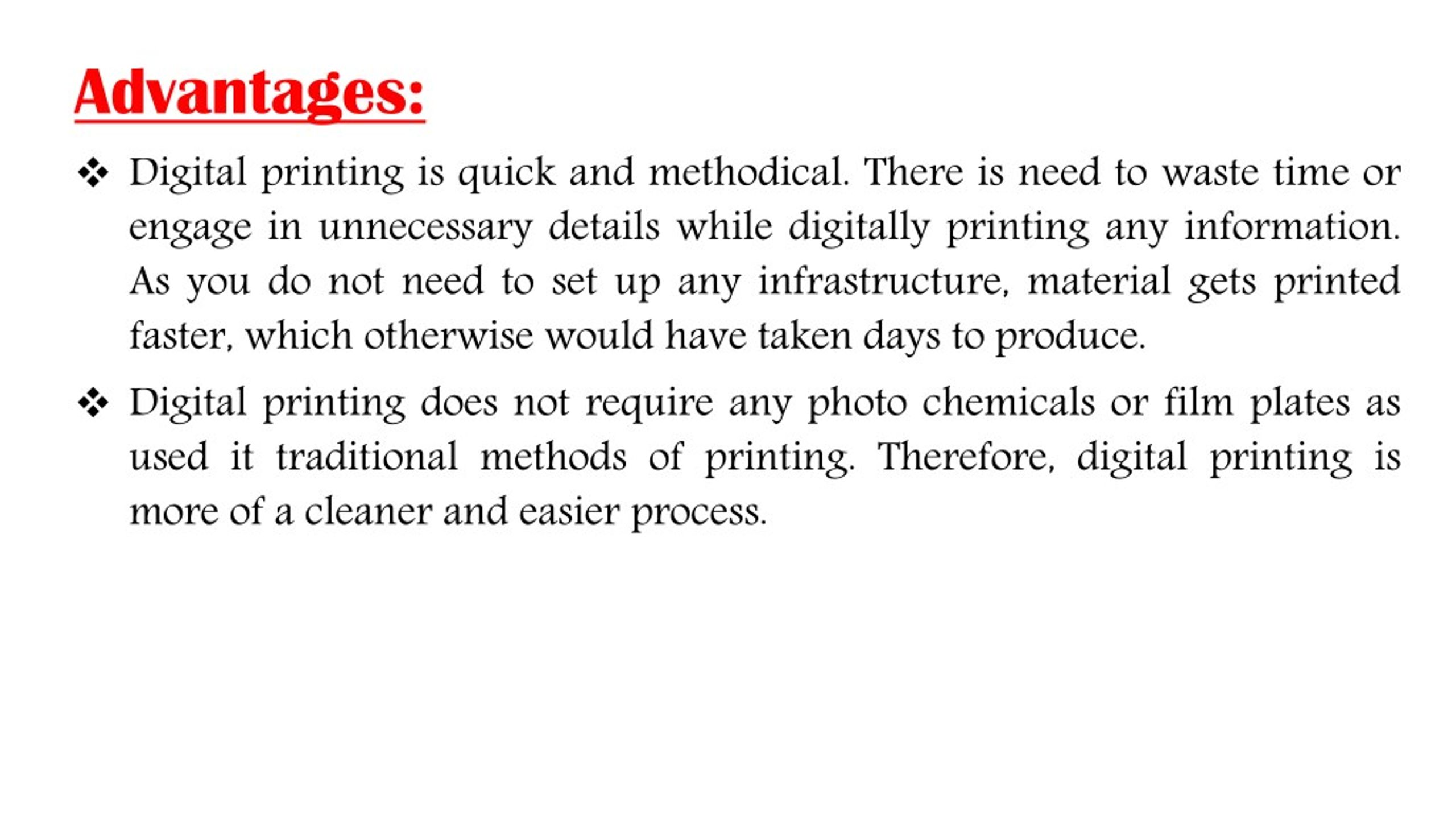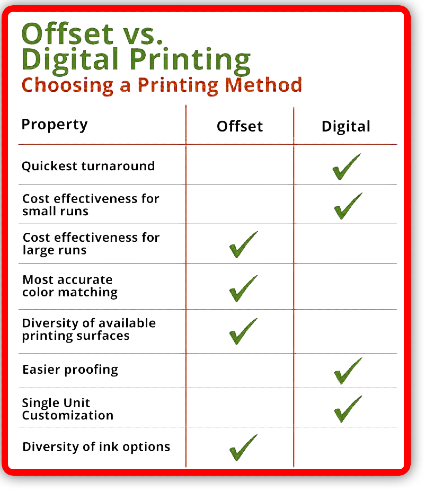Digital Printing Things To Know Before You Get This
Digital Printing Things To Know Before You Get This
Blog Article
Not known Incorrect Statements About Digital Printing
Table of ContentsHow Digital Printing can Save You Time, Stress, and Money.3 Simple Techniques For Digital PrintingThe Greatest Guide To Digital PrintingThe Facts About Digital Printing Revealed4 Easy Facts About Digital Printing ShownDigital Printing for Beginners
Variable data printing, such as direct mail with customized codes and addresses, is preferably fit for digital printing. Digital fast printing just needs four steps of design, evaluation, printing and binding to get whatever done. Digital quick printing has an unequaled advantage: print on demand.According to PMMI, electronic printing enables brands and producers to react rapidly to client needs while boosting the supply chain, decreasing warehousing cost and waste, and taking pleasure in faster time to market. That all sounds fantastic, but just how does this technology do all that? The major differentiator of these technologies is that there are no set up costs and no plates with electronic printing.
The Facts About Digital Printing Uncovered
According to Wikipedia, the best distinction in between electronic printing and standard techniques such as lithography, flexography, gravure, or letterpress - Digital Printing is that there is no need to change printing plates in electronic printing, whereas in these analog printing methods the plates are continuously changed. This causes quicker turnaround time and reduces cost when making use of electronic printing.
Digital printing is very adaptable, so it's very easy to make changes to the package design rapidly. It all goes back to the plates.
With traditional printing methods, short-run printing is simply not possible. Because a great style can make or break your product, digital printing constantly develops top quality, clear and vivid graphics each time.
Digital printing is the process of printing digital-based pictures directly onto a variety of media substrates. There is no demand for a printing plate, unlike with balanced out printing. Digital documents such as PDFs or desktop posting data can be sent out directly to the digital printing press to print theoretically, picture paper, canvas, textile, synthetics, cardstock and various other substratums.
The Only Guide to Digital Printing
According to PMMI, digital printing enables brands and manufacturers to respond rapidly to customer demands while boosting the supply chain, reducing warehousing cost and waste, and enjoying faster time to market. That all noises wonderful, yet exactly how does this technology do all that? The major differentiator of these technologies is that there are no set-up costs and no plates with digital printing.
According to Wikipedia, the greatest distinction in between electronic printing and conventional methods such as lithography, flexography, gravure, or letterpress is that there is no requirement to change printing plates in electronic printing, whereas in these analog printing techniques home plates are repetitively changed. This leads to quicker turn-around time and decreases expense when using electronic printing.

What Does Digital Printing Mean?
Much more browse around these guys stock can mean even more waste down the roadway. With standard printing methods, short-run printing is just not possible. Because a wonderful style can make or break your product, electronic printing consistently creates high-grade, clear and colorful graphics each time. Digital printing on flexible bags includes the intense, lively, and specific graphics that virtually bid customers to reach out and touch them.

According to PMMI, digital printing allows brands and suppliers to respond swiftly to customer demands while enhancing the supply chain, reducing warehousing cost and waste, and enjoying faster time to market. That all sounds wonderful, but just how does this modern technology do all that? The significant differentiator of these innovations is that there are no set up charges and no plates with electronic printing.
See This Report about Digital Printing
According to Wikipedia, the best distinction between electronic printing and standard techniques such as lithography, flexography, gravure, or letterpress is that there is no need to change printing plates in electronic printing, whereas in these analog printing approaches the plates are repeatedly replaced. This leads to quicker turn-around time and reduces cost when making use of digital printing.
Quick manufacturing implies getting your item to market faster. It likewise means it's simpler and faster to make changes in the future, when you transform a dish, include a SKU, or produce seasonal Get More Information product packaging. Digital printing is highly flexible, so it's easy to why not look here make adjustments to the bundle layout swiftly. It all returns to the plates.

The 7-Second Trick For Digital Printing
Digital printing is the process of printing digital-based photos straight onto a selection of media substrates. There is no demand for a printing plate, unlike with offset printing. Digital data such as PDFs or desktop publishing data can be sent straight to the electronic printing press to print on paper, photo paper, canvas, fabric, synthetics, cardstock and other substratums.
Report this page